You want a Tesla — but does it make more sense to lease or finance? Here’s what to consider.
Tesla doesn’t have the storied history of automakers like Ford, Chevrolet, or BMW. But that hasn’t stopped this electric vehicle manufacturer from surging in popularity over the last decade or so. The numbers speak for themselves.
In 2015, Tesla sold 18,742 vehicles in the US.
Last year, Tesla was two sales away from 302,000.
If you’re reading this, you’re one of many drivers that want to see what all the hype is about. However, you’ve also run into an understandable predicament:
“Should I lease or finance a Tesla?”
Tesla leases have their perks — but you’d eventually own your Tesla with a loan. Coupled with the fact that there are several models to consider, this can be a conundrum. That’s why we’ve outlined what you should know before you make a decision, as well as a cost comparison by Tesla model.
Is It Better to Lease or Finance a Tesla?
When it comes to leasing or financing a Tesla, there isn’t a one-size-fits-all answer. You must weigh the importance of several factors, like your annual mileage expectations and how often you want to get a new car. Not to mention the total cost. Let’s explore the factors to consider.
Qualifying
Before you spend time analyzing the nuances of auto loan and lease agreements, you may want to see if you even qualify first.
Tesla doesn’t share their minimum credit score or income requirements for leases or auto loans. So, you may have to submit an application to see if you’re accepted. That said, you might not even have the option to lease or finance a Tesla through its direct lending program in the first place — even if you have great credit.
Tesla doesn’t offer leasing or financing in nine states, which are listed below:
- Delaware
- Kentucky
- Michigan
- Mississippi
- Missouri
- Nebraska
- New Hampshire
- Oklahoma
- Wisconsin
Tesla does offer leasing and financing options to the other 41 states, as well as DC.
If you live outside of this area, then you’ll have to go through a third-party lender to finance a Tesla. And even if you do qualify for Tesla financing, you may still want to consider getting quotes from other lenders to ensure that you’re getting the lowest possible interest rate.
Cost
Whether you lease or finance a Tesla, you’ll have a monthly payment for a predetermined amount of time. In both cases, you can make a down payment to lessen the ongoing burden of renting or paying off your Tesla. With this in mind, it’s important to review the financial impact of leasing versus financing — as well as the cost of ownership.
The exact interest rate you receive depends on your credit score, the car’s purchase price, the down payment, and loan term. Currently, the starting annual percentage rate (APR) for a loan through Tesla’s financing program is 2.74%. Conversely, the APRs offered through Tesla’s leasing program range from 4.57% to almost 5%, depending on the model.
If you lease your Tesla, you’ll also pay an acquisition fee of $695. This upfront fee is a standard cost of leasing and is generally non-negotiable. Regardless of which option you choose, Tesla charges a $1,200 delivery fee. Also, don’t forget about taxes and registration fees.
Time
Tesla offers either 24 or 36 month leases, which is similar to other automotive leasing programs. On the other hand, the financing options for a Tesla auto loan are 36, 48, 60, and 72 months if you go through Tesla’s direct lending.
With that in mind, it’s important to consider how long you not only want to drive a Tesla but also how long you want to make payments. Lease payments for a Tesla tend to be cheaper than loan payments — plus, you’re locked in for a shorter period of time.
Depreciation
Depreciation is the rate at which your car loses value over time. Although some vintage cars can hold their value or even appreciate, most cars depreciate. Electric vehicles are no different.
Fortunately, new Teslas tend to fare better than other automakers. According to one study, the average three-year depreciation rate of EVs was 52%. So, a new EV would lose about half of its value in the first three years. However, Teslas performed much better in this category. The Tesla S, X, and 3 had depreciation rates of 36.3%, 33.9%, and 10.2%, respectively.
Depreciation hurts resale values. If you plan to sell a car in a few years, you won’t recover much of your initial investment if it depreciates quickly. That’s where leasing can help because you don’t have to worry about resale value at the end of your lease.
However, low depreciation rates often favor financing instead of leasing because your car maintains its value.
Mileage restrictions
Although you don’t outright own a Tesla if you finance it, it is yours in a practical sense. You decide when, where, and how to drive it. That’s not the case when you lease a Tesla — or any vehicle, for that matter.
Leases typically prohibit you from driving beyond a certain number of miles in a given year. Otherwise, dealerships run the risk of getting their Teslas back with exceedingly high miles on them. And the more miles a car has, the less it’s typically worth.
While this is a negotiable aspect of your lease, it can be restrictive if you plan to drive your Tesla frequently and for long distances.
Performance
No, the intangible fact that your Tesla is financed versus leased doesn’t add horsepower. But leasing can give you an indirect performance advantage over financing.
Electric car manufacturers are constantly working to improve things like battery range and powertrain performance. So, each subsequent EV model (including Tesla’s lineup) could drastically outperform the last. For example, the 2012 Model S had a battery range of 265 miles. The latest edition has a standard range of around 400 miles.
In that sense, you could get a performance advantage by routinely exchanging Teslas every two or three years.
Ownership
This is easily the most subjective factor of this debate. When your lease ends, you’ll hand over your keys (and responsibilities). When you make your final loan payment, you’ll have 100% equity in your Tesla. It’ll officially be your vehicle, no strings attached.
Those in support of the former scenario would argue that the cost of ownership of any vehicle is high — because cars are depreciating assets. In other words, they lose value and drain your money over time. Members of the latter tribe would point to the lower costs in the long run, as well as the freedoms that come with owning a vehicle outright.
Car buyers and renters can argue this point until they’re blue in the face. The fact of the matter is, it’s a personal decision.
Tax credits
If you’re comparing the cost of leasing or financing a Tesla, make sure to factor in any tax incentives, rebates, or tax credits you might receive. These are government-issued rewards for buying an electric vehicle.
In most cases, you’ll receive a higher rebate if you purchase or take out an auto loan than if you lease the vehicle. (You might not even receive an incentive if you lease.) The rebate amount may also depend on if you buy a new or used Tesla.
Tesla models are no longer eligible for federal tax credits because they’ve surpassed their production allocation. However, you can still qualify for state incentives, depending on where you live. For example, the California Clean Fuel Reward offers a $750 point-of-sale rebate for eligible Tesla models.
Keep in mind many states don’t offer sizable rebates for electric vehicles yet. Some may only offer a discounted rate on charging your Tesla, while others don’t provide any kind of incentive. You can find a complete list of incentives, credits, and rebates on Tesla’s website.
How Much Does It Cost to Lease or Finance a Tesla?
Naturally, the total payments of a loan will exceed the total payments of a lease since you’re purchasing the car. That said, if you financed your Tesla, you would eventually own it once you pay off the loan. So, you could sell your car down the road and offset some of your total cost.
Before we explore how much it costs to lease versus finance a Tesla, here are a few assumptions and notes:
- You make a $5,000 down payment.
- Your lease term is 36 months.
- Your loan term is 72 months.
- Your annual lease mileage limit is 10,000.
- You qualify for the best lease and loan rates.
- Note that MSRPs can change and vary by model year and state.
- Note that we aren’t accounting for taxes and other costs, such as registration fees.
- Note that you can use Tesla’s financing and leasing calculator to view other scenarios.
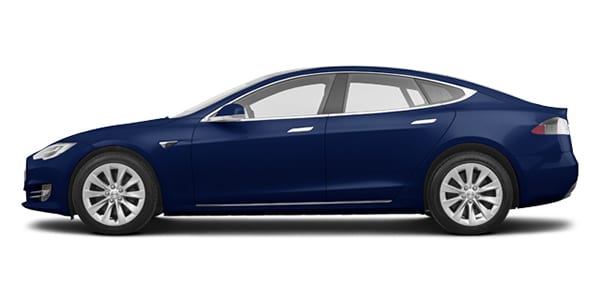
Model S
The Tesla Model S is a four-door luxury sedan with some serious power under the hood. There are two versions of the Model S: the standard all-wheel-drive package and the Plaid. Regardless of model, its battery range is roughly 400 miles. However, the horsepower of the Model S jumps from 670 to 1,020 if you upgrade to the Plaid.
From a cost perspective, the base version is much cheaper to lease or finance. It’s approximately $63 less per month to make lease payments versus loan payments. However, it’s obviously much more expensive to make monthly payments for six years as opposed to three years.
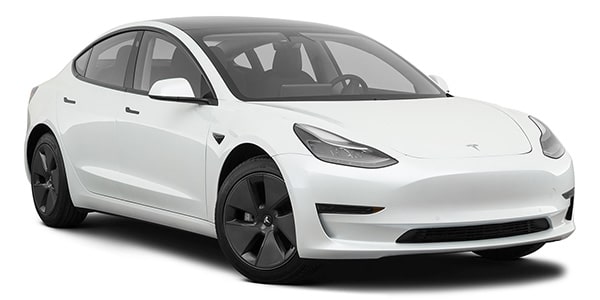
Model 3
The Tesla Model 3 is a compact luxury sedan that’s far more affordable than the Model S. There are three versions of the Model 3: rear-wheel drive, Long Range, and Performance.
The RWD package has a battery range of 272 miles, while the Long Range and Performance versions can go 358 miles and 315 miles, respectively, on a single charge. However, the performance package’s speed is what sets it apart, as it can hit 60 mph in 3.1 seconds.
There’s a substantial gap between the monthly lease payments and loan payments of a Model 3, no matter which model you choose. The performance package lease is around $169 less per month, while the long range package is about $202 less per month.

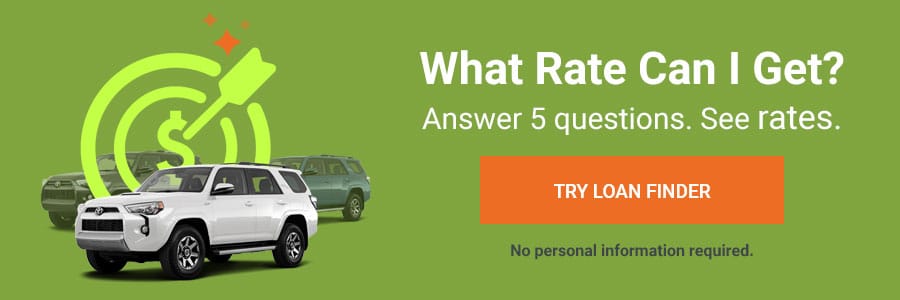
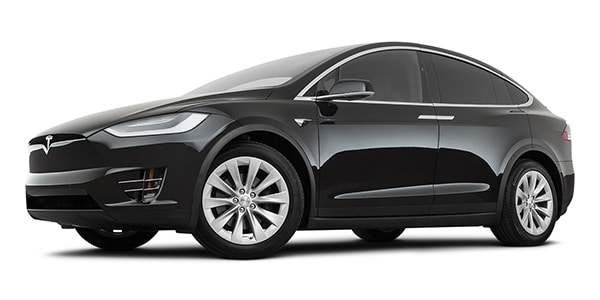
Model X
The Tesla Model X is an SUV that offers both speed and comfort. The base package has 670 horsepower, seats seven, and can last 348 miles on a single charge. While the Plaid package can only seat six and last for 333 miles, it has quite a lot more power — 1,020 hp.
Lease payments can be about $116 to $82 less per month, depending on which package you choose.
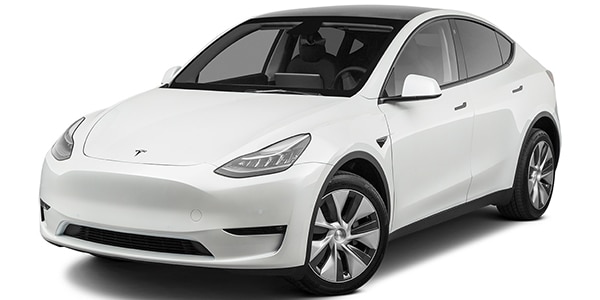
Model Y
The Tesla Model Y is a compact SUV with a couple of different packages: Long Range and Performance. The former offers 330 miles of battery range, while the latter offers 303 miles. The Long Range package is the more spacious of the two, seating up to seven passengers.
Much like the Model 3, Model Y leases are substantially less than Tesla’s financing program. The Long Range package is about $213 less per month, while the Performance package is around $185 less per month.
When Should I Lease or Finance a Tesla?
In case you’re still on the fence, let’s walk through when it could make sense to lease versus finance.
If you prefer to swap out your vehicle every few years, the lease structure should suit your needs. That way you don’t have to worry about your Tesla holding its value or going through the often burdensome selling process.
However, financing starts to be the wiser financial decision if you expect to own your Tesla for a long time. Once you pay off your car loan, you’ll only be responsible for routine maintenance, insurance, and taxes. That would be substantially less than ongoing lease payments. Plus, you could get a portion of your costs back when you sell or trade-in your Tesla once you want a new vehicle.
Another caveat to keep in mind is, we’ve assumed you qualify for the best rates and terms of Tesla’s financing program. If you don’t have the best credit, your monthly payment and total cost before taxes and other fees could differ from what we’ve outlined. That said, according to the RateGenius State of Auto Refinance 2022 Report, Tesla owners who refinanced their auto loans saved an average of $153 per month — the most of any vehicle.
;)







